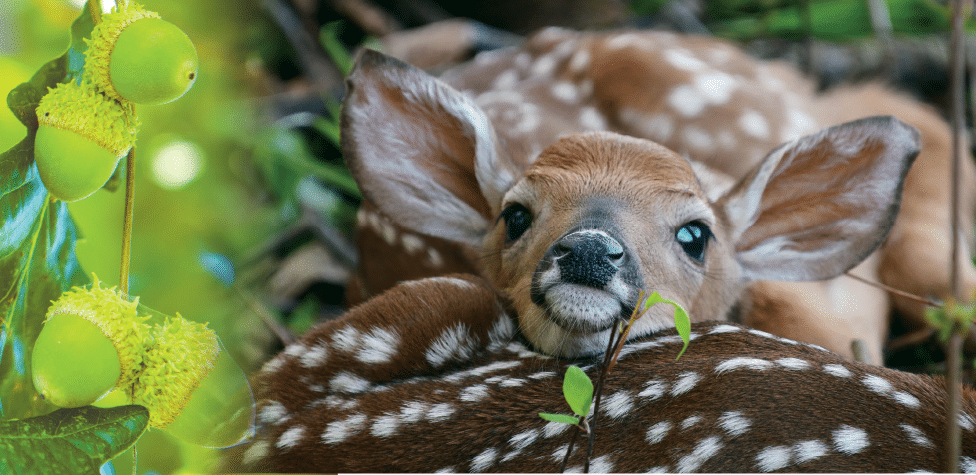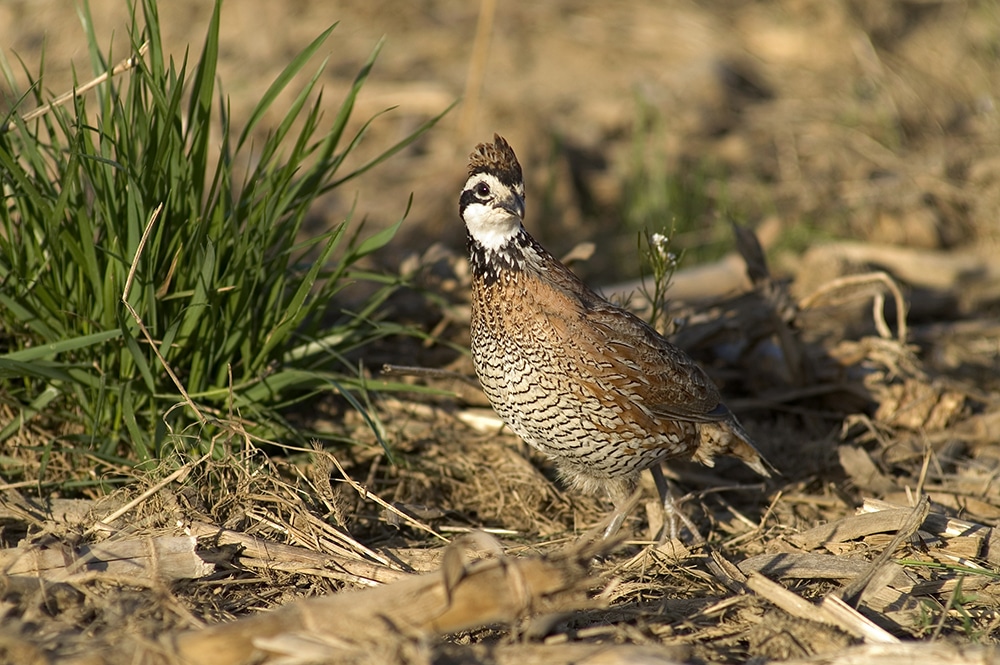Creating a Thriving Wildlife Habitat with Native Plants: Supporting Deer, Quail, Turkey, and Songbirds
Whether you’re a hunter, conservationist, or nature enthusiast, developing a thriving wildlife habitat on your property can be rewarding and beneficial. By incorporating native plants, shrubs, and trees, you can attract and sustain diverse wildlife, including deer, quail, turkey, and songbirds. This guide explores the importance of native species, the role of protein in wildlife diets, and how to create a sustainable habitat that enhances property value and supports biodiversity.
The Importance of Native Plants for Wildlife Habitat
Native plants form the foundation of a healthy ecosystem, offering essential food, shelter, and breeding grounds for wildlife. Over recent decades, habitat loss due to urban expansion, invasive species, and changing land use has led to declines in species like bobwhite quail and pheasants. Restoring natural areas with native plants helps reverse these trends, fostering biodiversity and supporting wildlife throughout the year.
Understanding Wildlife Habitat Needs
To establish a successful habitat, it’s crucial to recognize the specific needs of the species you want to attract:
- Deer thrive in areas with diverse vegetation, including browse plants, mast-producing trees, and shrubs that provide nutrition and cover.
- Upland birds such as quail and turkey prefer open grasslands interspersed with tall grasses, wildflowers, and shrubs. These areas offer nesting sites, foraging opportunities, and predator protection.
- Songbirds benefit from a variety of native plants that provide seeds, berries, and insects—key elements of their diet.
The Role of Protein in Wildlife Diets
Protein is critical for wildlife, especially during key life stages such as breeding, nesting, and young development.
- Deer require protein-rich diets for growth, reproduction, and antler development. During spring and summer, does need extra protein for nursing fawns, while bucks require it for antler growth. Native forbs and legumes like Illinois Bundleflower and Roundhead Lespedeza are excellent protein sources.
- Quail and turkey chicks need high-protein diets to support rapid growth. Insects, abundant in biodiverse habitats, are their primary protein source.
By incorporating native plants that support insect populations and provide high-protein forage, you ensure wildlife receives the necessary nutrition year-round.
Permaplot®: A Sustainable Wildlife Habitat Solution
Forrest Keeling’s Permaplot® is a curated selection of native trees and shrubs designed to mimic the preferred diets of deer and other wildlife. This sustainable, one-time planting solution provides year-round food and cover, making it an ideal choice for landowners seeking to enhance property value and support wildlife.
A standout species in the Permaplot® collection is the ‘Bucks Unlimited Oak’, a native swamp white oak (Quercus bicolor) with double the mast production of other oaks. Developed through a collaboration between Forrest Keeling Nursery and the University of Missouri’s Horticulture and Agroforestry Research Center, this oak is highly attractive to deer, waterfowl, and upland birds. Forrest Keeling Nursery exclusively produces Bucks Unlimited Oak seedlings using its patented RPM Root Production Method® (RPM) to ensure high success rates.
Permaplot® also includes a well-balanced mix of soft and hard mast species, which support wildlife and promote healthy soil ecosystems rich in beneficial microorganisms and mycorrhizae. This balanced environment nurtures a diverse array of insects, amphibians, reptiles, birds, and mammals. A more complete list of native species in this collection is included in our Permaplot® handout.

Permaplot® & Bucks Unlimited OakTM Brochure
Creating an Ideal Quail Habitat
Quail thrive in habitats that provide a mix of grasses, forbs, and shrubs. An ideal quail habitat should include:
- Food and foraging: Native grasses like Little Bluestem and Indian Grass and forbs such as Illinois Bundleflower and Gray-headed Coneflower attract insects and provide high-protein forage.
- Dense cover with a canopy height of about three feet for predator protection.
- Area to nest and raise young: A mix of herbaceous plants and woody shrubs offers food, cover, nesting sites, and open ground for scratching and dust bathing.
By designing a habitat that supports quail coveys, you can help increase quail populations and enhance the overall biodiversity of your land. Our Quail Covey handout gives more information about restoring the quails’ call to your land.
Recommended Native Plants for Your Wildlife Habitat
Forrest Keeling has researched extensively to identify the best native plants for supporting wildlife. These are a few of our favorite native species to improve your land’s wildlife habitat:
Grasses:
- Little Bluestem
- Indian Grass
- Tall Nutgrass
- Sideoats Grama
Forbs:
- Illinois Bundleflower
- Leadplant
- Gray-headed Coneflower
- Roundhead Lespedeza
- Showy Tick Clover
Woody Shrubs:
- Blackberry
- Gray Dogwood
- False Indigo
- American Plum
- Serviceberry
These plants provide food and shelter for wildlife and contribute to a healthier local ecosystem. Once established, they require minimal maintenance, making them a sustainable choice for long-term habitat management.
Conclusion: Supporting Wildlife, One Tree at a Time
Creating a thriving wildlife habitat with native plants is a fulfilling endeavor that benefits both wildlife and landowners. By understanding the needs of deer, quail, turkey, and songbirds and incorporating high-protein forage and diverse vegetation, you can establish a sustainable habitat that supports wildlife year-round.
Forrest Keeling’s Permaplot® and other native plant collections offer a turnkey planting solution that enhances property value while promoting biodiversity. By embracing native plants, you can attract a variety of wildlife to your land and contribute to a healthier ecosystem.
If you’re ready to start your wildlife habitat project, contact Forrest Keeling today to learn more about Permaplot® availability and pricing or to schedule a consultation. Together, we can support wildlife and restore earth’s ecosystems one tree at a time.
Quail Covey


